R-6
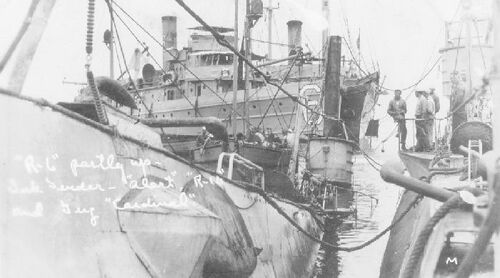
USN photo in the private collection of Ric Hedman
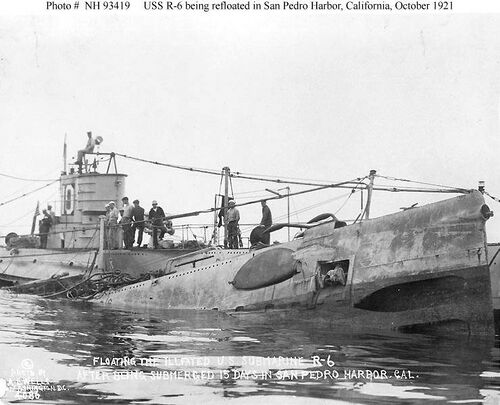
U.S. Navy photo NH 93419 via NHHC.

USN photo in the private collection of Ric Hedman
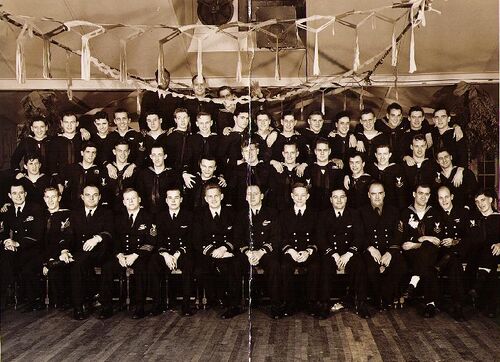
The crew photo was most likely taken at Christmas 1944 in or around New London/Groton at a place called "Polly's" that burned down in the late 40's or early 50's. There were numerous crew parties and photos taken there. When asked, locals can no longer tell you exactly where it was located.
This photo is the private property of the Gargano family and MAY NOT BE USED WITHOUT THEIR EXPRESSED PERMISSION.
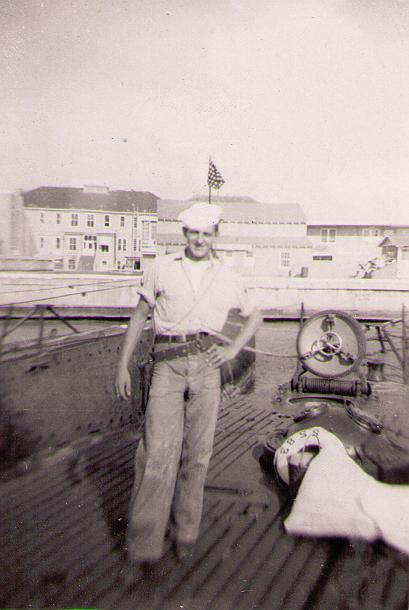
This photo is the private property of the Gargano family and MAY NOT BE USED WITHOUT THEIR EXPRESSED PERMISSION.

This photo is the private property of the Gargano family and MAY NOT BE USED WITHOUT THEIR EXPRESSED PERMISSION.

This photo is the private property of the Gargano family and MAY NOT BE USED WITHOUT THEIR EXPRESSED PERMISSION.

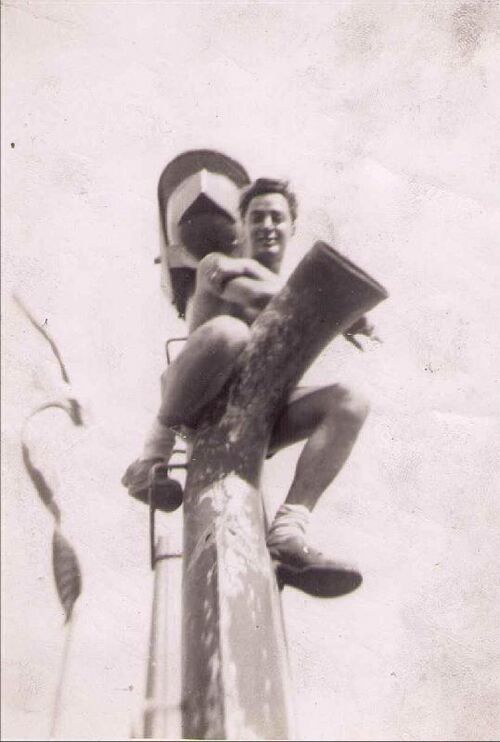

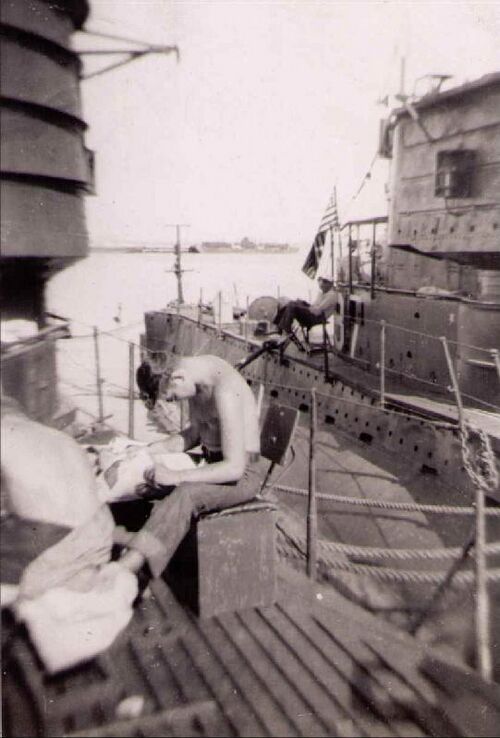
Page created by:
Ric Hedman & David Johnston
1999 - 2023 - PigBoats.COM©
Mountlake Terrace, WA, Norfolk, VA
webmaster at pigboats dot com
